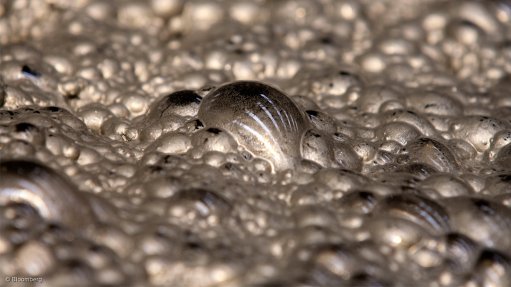
Photo by: Bloomberg
PERTH (miningweekly.com) – A scoping study into the T3 copper/silver project, in Botswana, has revealed that the project could support a two-million-tonne-a-year operation, to produce around 21 800 t/y of copper and 665 000 oz/y of silver, over a near ten-year mine life.
ASX-listed MOD Resources reported on Wednesday that the base case model estimated that the project would require a capital investment of $135-million, with MOD’s 70% interest in the project amounting to a capital cost of $94.5-million.
Based on a copper price of $2.53/lb, the project was expected to have an average yearly pre-tax cash flow of around $44-million, a pre-tax net present value of $180-million, and an internal rate of return of about 31%.
The scoping study is based on a maiden mineral resource of 28.36-million tonnes, containing some 350 000 t of copper and 14.27-million ounces of silver.
MOD MD Julian Hanna told shareholders that the scoping study demonstrated the project’s strong commercial potential and the opportunity for significant upside.
“T3 is a significant new sediment-hosted copper and silver deposit, which has progressed from discovery to completion of a positive scoping study in just nine months. Total cost from discovery to completion of the scoping study was only around $2.5-million, confirming the outstanding efforts and commitment of the exploration and scoping study teams, as well as the quality of the deposit.”
MOD is planning a prefeasibility study for early 2017, and in the event that the study proves positive, a definitive feasibility study will follow targeted for completion by the first quarter of 2018.
Baseline environmental studies will also start, while exploration along strike and down dip from the T3 deposit will also be accelerated. MOD will also hunt for second-hand plant and equipment, in an effort to reduce the capital cost.